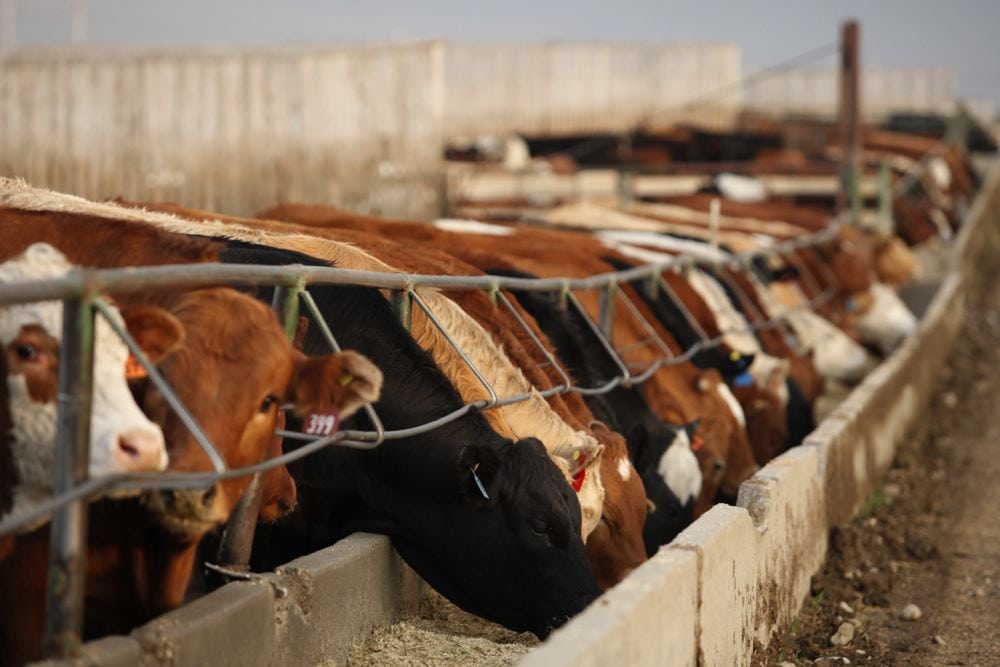MarketsFarm — Feed grain markets in Western Canada have seen little change over the past few weeks.
Feed barley bids across Western Canada have generally held steady over the past month, with the spot market topping out at $9.58 per bushel in Alberta, according to Prairie Ag Hotwire data. Prices in Manitoba and Saskatchewan are off the Alberta levels, with the top end in those provinces at $7.83 and $8 per bushel respectively.
Feedlots remain relatively well covered for the time being, with steady corn imports from the U.S. expected to remain a limiting factor for prices going forward.
Read Also

Huge crops in South America says analyst
Although there’s a debate over the size of the South American soybean crop, there’s little doubt that it will be an enormous one, said consultant Michael Cordonnier of Soybean and Corn Advisor in Hinsdale, Ill.
However, while corn is coming up, the corn business remains well off the year-ago level. Since September, Canada has imported 196,300 tonnes of U.S. corn as of Jan. 26, according to the latest U.S. Department of Agriculture report. That’s well off the 1.31 million tonnes of imports seen at the same time the previous year when drought conditions limited domestic grain supplies. There are 257,000 tonnes of outstanding business still to move, also off the 1.99 million tonnes outstanding a year ago.
On the export front, Canada exported 1.57 million tonnes of barley through the first five months of the 2022-23 marketing year, with China accounting for 92 per cent of the total movement, according to Canadian Grain Commission data. That compares with 1.48 million tonnes by the same point the previous year, when China also accounted for over 90 per cent of the business.
Statistics Canada is set to release updated stocks data showing supplies in the country as of the end of the 2022 calendar year on Tuesday. The data should provide a better indication of domestic usage to date.
— Phil Franz-Warkentin reports for MarketsFarm from Winnipeg.
















